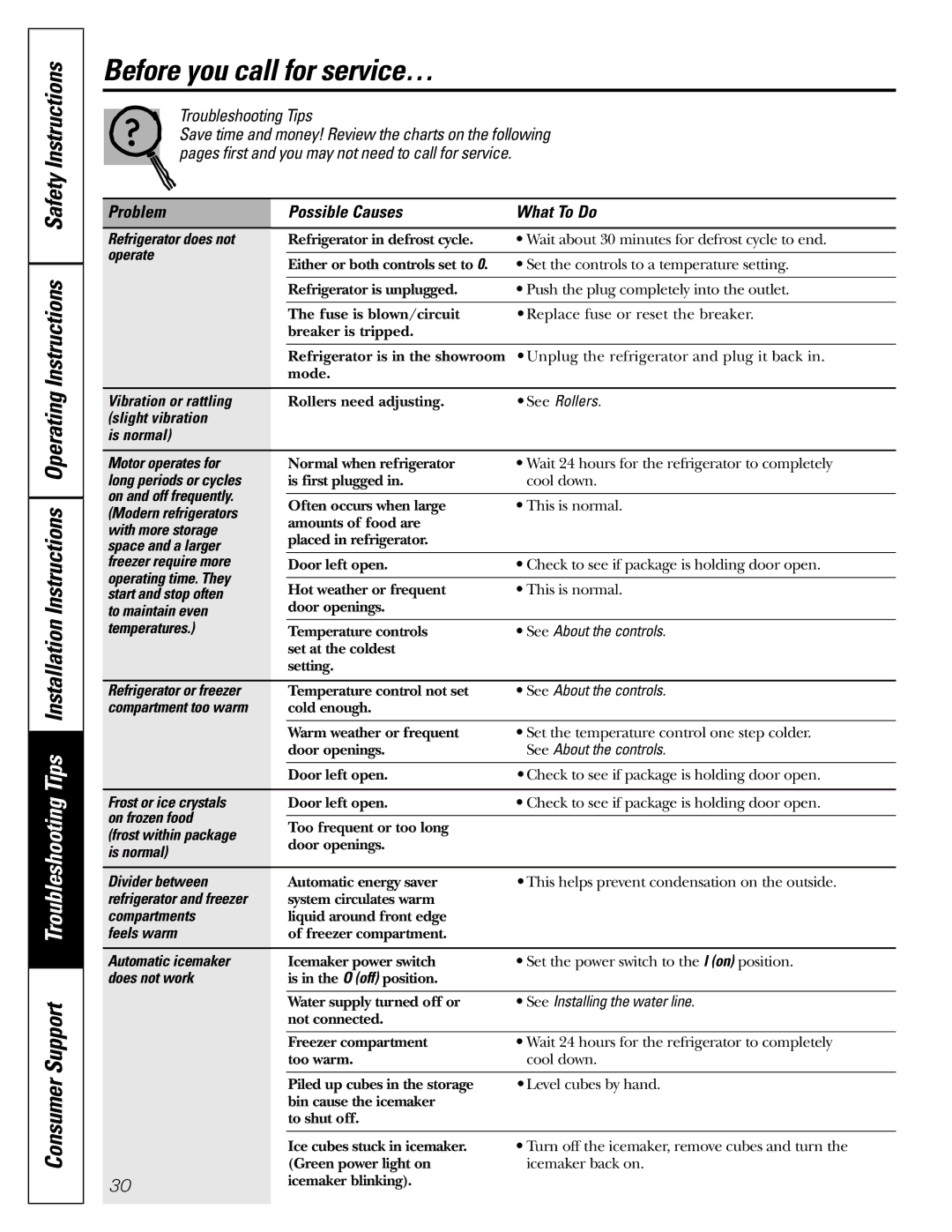23, 25 specifications
The GE 23 and GE 25 are groundbreaking gas turbine models developed by General Electric, targeting the rapidly evolving energy market with high efficiency and reliability. Both models are integral components of GE’s gas turbine portfolio, designed specifically for a broad range of applications, including power generation and industrial use.The GE 23 is characterized by its compact design, making it suitable for both small-scale and large-scale applications. With a power output ranging from 23 to 30 megawatts, the GE 23 is equipped with advanced aerodynamics and combustion technologies that significantly enhance its overall performance. One of the standout features of the GE 23 is its ability to offer flexible operation, allowing it to adapt to changing energy demands while minimizing emissions. This flexibility is facilitated by its advanced control systems that ensure optimal performance in varying operational conditions.
In contrast, the GE 25 is designed for larger-scale power generation, delivering outputs of up to 30 megawatts. This model incorporates the latest advancements in material science, providing improved durability and operational lifespan. The GE 25 utilizes high-efficiency blades made from advanced alloys that can withstand extreme temperatures, contributing to improved thermal efficiency. Moreover, the GE 25 features advanced digital controls and monitoring systems, enabling real-time performance optimization and predictive maintenance.
Both turbines employ advanced combustion technology to achieve reduced NOx emissions, aligning with environmental regulations and sustainability goals. These technologies are complemented by GE’s commitment to integrating renewable energy sources into the power grid, enhancing the flexibility of operations.
The GE 23 and GE 25 boast remarkable reliability and lower operational costs, attributed to their simplified maintenance processes and robust design. They are equipped with modular components that facilitate easier serviceability, enabling operators to minimize downtime and optimize their power generation capabilities.
Additionally, the incorporation of advanced digital analytics into both models allows for enhanced performance tracking and system diagnostics, ensuring that operators can maximize efficiency and mitigate risks.
In conclusion, the GE 23 and GE 25 represent the pinnacle of gas turbine technology, combining efficiency, flexibility, and reliability. Their innovative features and commitment to sustainability make them formidable choices for power generation in the modern energy landscape. As global energy demands continue to rise, these models are poised to play a vital role in shaping the future of energy production.

